(8259 products available)








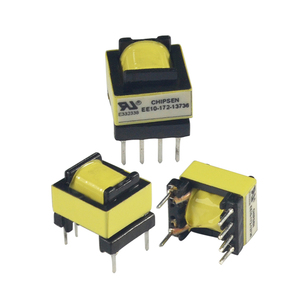



























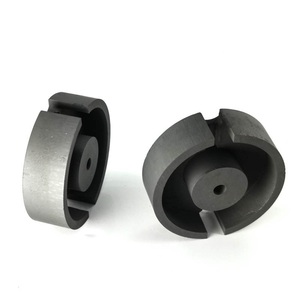
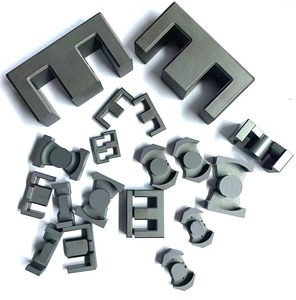
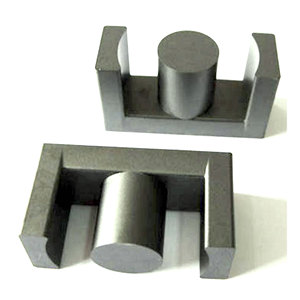


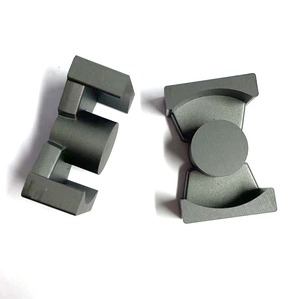

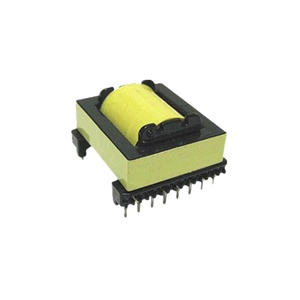


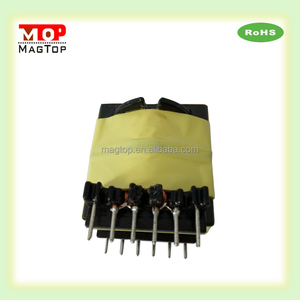
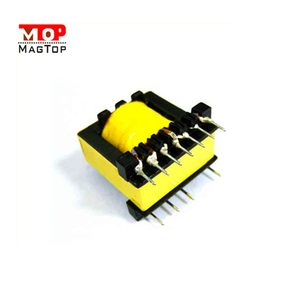



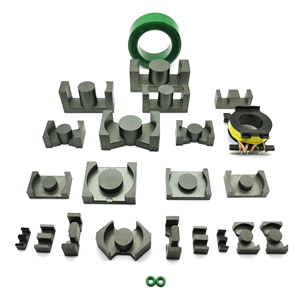
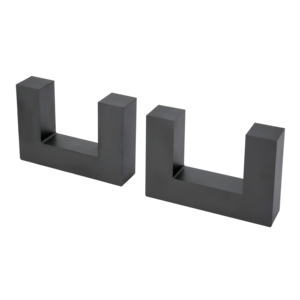
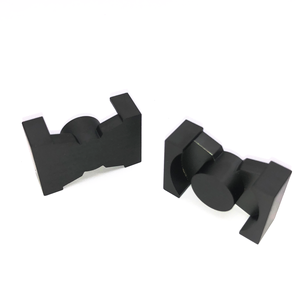



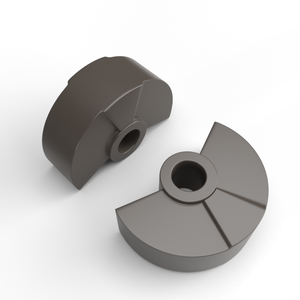




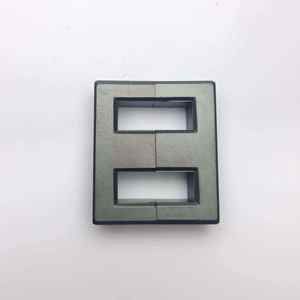
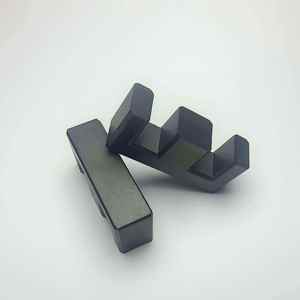


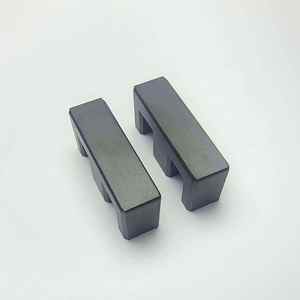













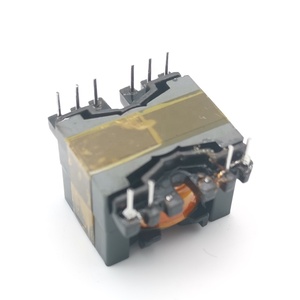






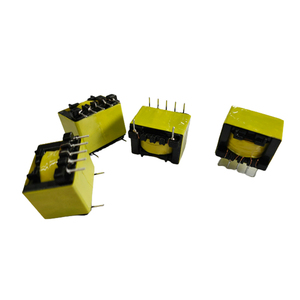
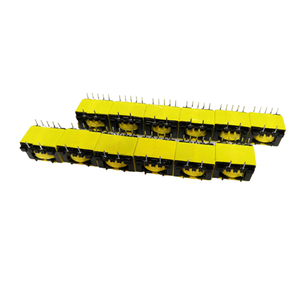





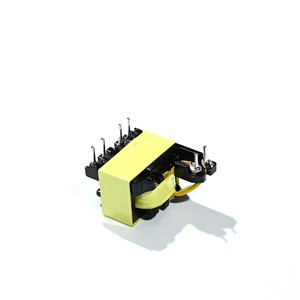


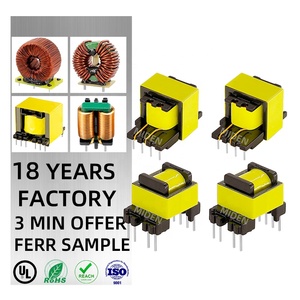

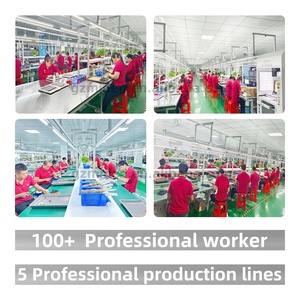
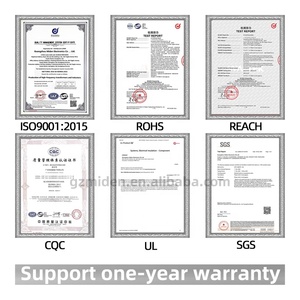







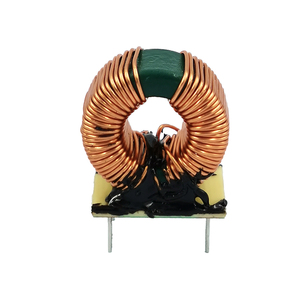




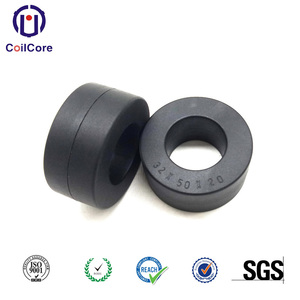


















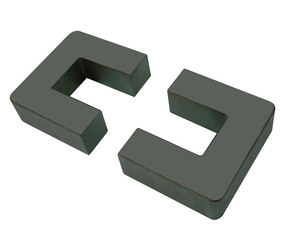
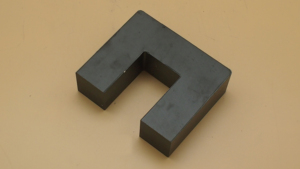

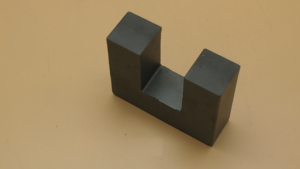








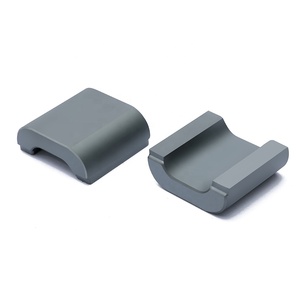
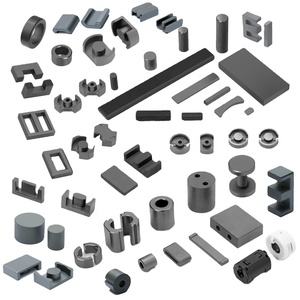
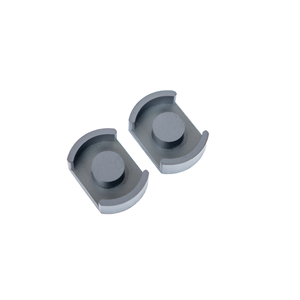

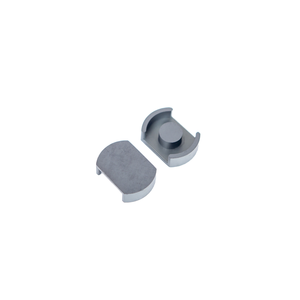

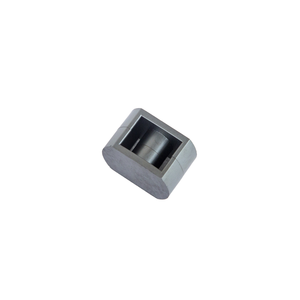














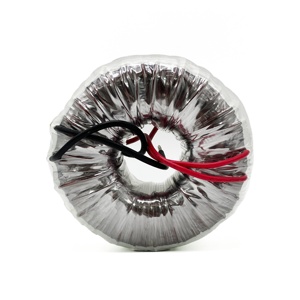


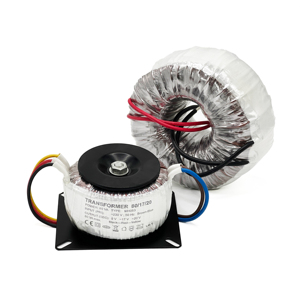








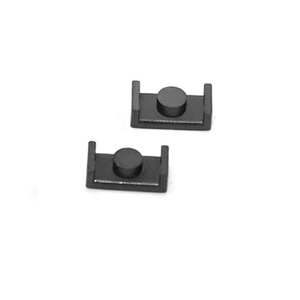
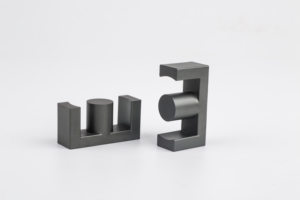
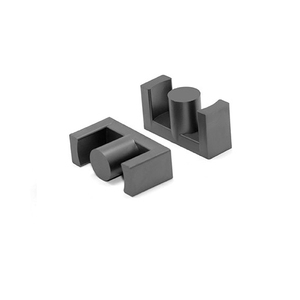

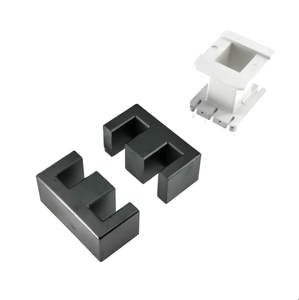
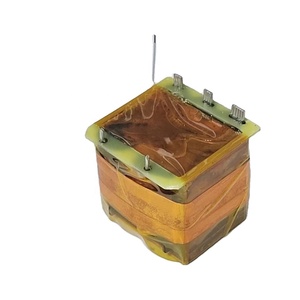
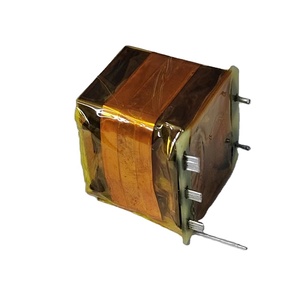
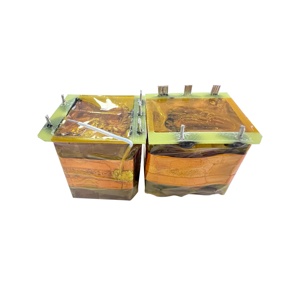




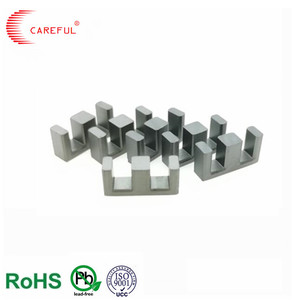




Especially in industrial controls, electronics transformer ferrite core are vital parts of the field of electrical equipment and supplies. These devices are meant to change, control, and steady electrical energy so that systems and machinery run effectively and safely. electronics transformer ferrite core convert voltage levels—either stepping them up or down—to satisfy the particular needs of different uses. From manufacturing to telecoms, their adaptability and dependability make them absolutely essential in many sectors. The function of electronics transformer ferrite core becomes even more important as technological developments continue to change the terrain since it emphasizes the need for high-performance solutions that fit different operational needs.
There are various varieties of electronics transformer ferrite core accessible, each intended for a particular use. Among the most often used are isolation transformers, distribution transformers, and power transformers. Usually employed in high-voltage transmission networks, power transformers guarantee effective electricity distribution over large distances by varying in capacity from 100 MVA to several hundred MVA. Conversely, distribution transformers—typically with less than 100 kVA capacity—are used to supply power to end consumers. Designed to separate parts of electrical circuits for surge and shock protection and isolation transformers. Every kind of electronics transformer ferrite core is designed to satisfy different operating requirements, thereby guaranteeing the best performance in the expected surroundings.
In electrical systems, electronics transformer ferrite core has various important uses, including voltage transformation, impedance matching, and electrical isolation. The main purpose is voltage transformation, which lets these devices change from one voltage level to another, thereby enabling the effective running of electrical equipment. Another important characteristic is impedance matching, which guarantees that the electrical load corresponds with the source, thereby optimizing efficiency and reducing energy loss. Furthermore, electronics transformer ferrite core offers electrical isolation that guards delicate equipment against power surges and electrical noise. Additional characteristics include sophisticated monitoring systems that improve operational dependability and safety, as well as cooling systems meant to avoid overheating.
The building of electronics transformer ferrite core guarantees durability and efficiency by means of several materials. Usually constructed from laminated silicon steel, which offers low hysteresis loss and great permeability, these devices maximize magnetic flux. Electricity is conducted via copper or aluminum windings; copper offers superior conductivity, while aluminum provides a reasonably cheap substitute. Short circuits are avoided, and safe functioning is guaranteed by means of insulation materials such as paper, oil, or epoxy. The performance and lifetime of electronics transformer ferrite core are much influenced by the materials chosen; hence, careful choosing and quality control during manufacture is absolutely necessary.
Choosing the correct kind depending on the particular application criteria helps to optimize the effectiveness of electronics transformer ferrite core. To decide the appropriate transformer design, evaluate the environmental conditions, load capacity, and voltage levels. Correct installation depends on safe mounting and electrical network connectivity. Inspection, cleaning, and testing are among the regular maintenance tasks that help to guarantee the best performance and increase electronics transformer ferrite core lifetime. Monitoring systems can also be used to track running statistics and spot possible problems early on, therefore avoiding downtime and expensive repairs. Leveraging the operational norms and constraints of electronics transformer ferrite core requires an awareness of their whole potential in industrial environments.
When choosing electronics transformer ferrite core, consider application-specific criteria into account. The main determinants are the voltage levels, load capacity, and surroundings the transformer will run in. Knowing these limits will help decide which kind of transformer—a power or distribution transformer for end-user delivery or a power transformer for high-voltage transmission. Furthermore, take into account electronics transformer ferrite core's thermal performance and efficiency since these features greatly affect energy consumption and operational dependability.
Crucially important are also electronics transformer ferrite core physical size and arrangement. The need for a transformer with particular dimensions or mounting choices will depend on the available space for installation and the connectivity needs. Moreover, the cooling systems used in electronics transformer ferrite core, including air-cooled or oil-filled systems, must be taken into account to make sure they satisfy the thermal control requirements of the configuration. Appropriate matching of these traits with the application guarantees the best lifetime and performance.
Power transformers, distribution transformers, and isolation transformers are regularly used in industrial environments. While isolation transformers offer electrical isolation to guard against shocks and surges, power transformers are made for high-voltage transmission networks, and distribution transformers are used to deliver power to end customers. Every variation of electronics transformer ferrite core is designed to fulfill particular operational requirements and performs different purposes.
The performance and durability of electronics transformer ferrite core construction depend on the components chosen. The core material, usually laminated silicon steel, for example, influences magnetic flux and hysteresis loss. Electricity is generated from copper or aluminum windings; copper has better conductivity. Short circuits cannot be prevented without insulating materials, including paper, oil, or epoxy. The choice of these components has to fit the transformer's intended lifetime and efficiency.
Ensuring electronics transformer ferrite core to be at its best depends on regular maintenance. Important habits are cleaning, testing, and regular inspections to find and fix possible problems. Monitoring systems can be set up to track running data and find early irregularities. Furthermore, extending the transformer's lifetime and helping to prevent overheating is done through correct cooling and ventilation.
Indeed, electronics transformer ferrite core can be tailored to fit certain application needs. Specific voltage ratings, cooling systems, or physical layouts to match particular conditions or operational needs could be among customizing choices. Working with manufacturers to customize transformers guarantees they fit the exact needs of the system, therefore improving dependability and efficiency.
Technological developments have fundamentally changed the electronics transformer ferrite core design and functionality. While digital monitoring systems improve operational control and safety, innovations in materials and manufacturing techniques have produced more compact designs. These innovations provide better performance and versatility, therefore enabling transformers to satisfy the changing needs of contemporary industrial applications.